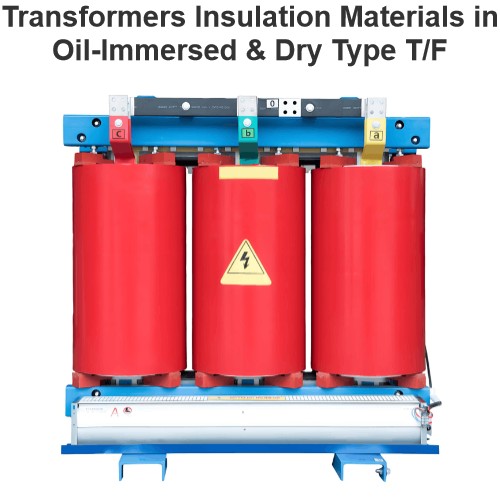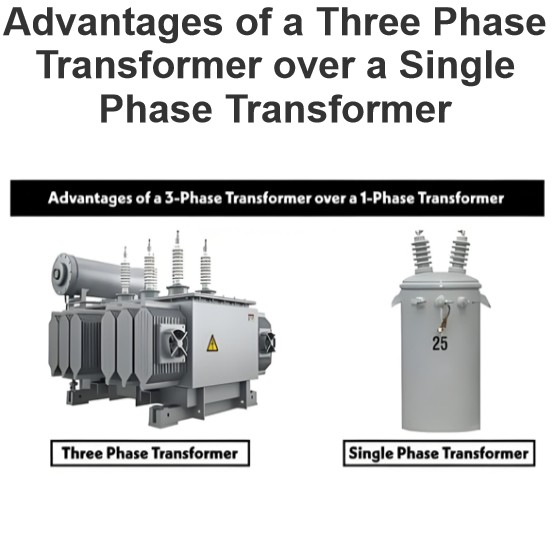What is the principle of squirrel cage single-phase induction motor with black, red and white three lines to control speed?
Background Information
Single-phase induction motors are a common type of electric motor that find use in a wide variety of household appliances and small devices. Their rotors are typically squirrel cage designs, which make the motor simple in structure, low in maintenance costs, and long-lasting. However, starting and speed control of single-phase induction motors can be relatively complex because they require some mechanism to produce a rotating magnetic field.
The principle of controlling speed
The function of three wires
In a single-phase induction motor, the principle of using black, red, and white wires to control the speed mainly involves controlling the internal windings of the motor. Specifically, these three wires may be used to connect to the stator windings of the motor, changing the motor's operating state by adjusting the current or voltage of these windings, thereby achieving speed control.
Variable Frequency Drive (VFD)
To achieve more precise control over the speed of a single-phase induction motor, variable frequency drives (VFDs) are often employed. A VFD regulates the motor's speed by altering the frequency of the input to the motor. As the frequency increases, the motor's speed correspondingly increases; conversely, when the frequency decreases, the motor's speed is reduced.
Brush and Slider Potentiometer
In some advanced induction motor designs, the rotor winding terminals are brought out and connected to three slip rings on the rotor shaft. The brushes on the slip rings allow an external three-phase resistor to be connected in series with the rotor windings to provide speed control. The external resistor becomes part of the rotor circuit, producing high torque when starting the motor. As the motor accelerates, the resistance can be reduced to zero.
Power Factor and Efficiency
The power factor of an induction motor varies with load, typically ranging from as high as 0.85 or 0.90 at full load to as low as about 0.20 at no load. The power factor and overall efficiency can be optimized by employing appropriate control strategies, such as using a variable frequency drive (VFD).
Conclusion
In summary, the rotor of a single-phase induction motor is squirrel-cage type, and the principle of controlling the speed by using black, red, and white wires is mainly achieved by adjusting the current or voltage of the stator winding and using a variable frequency drive (VFD) to change the input frequency. In addition, advanced designs may also use brushes and slip rings to further optimize speed control and efficiency.
The Electricity Encyclopedia is dedicated to accelerating the dissemination and application of electricity knowledge and adding impetus to the development and innovation of the electricity industry.













